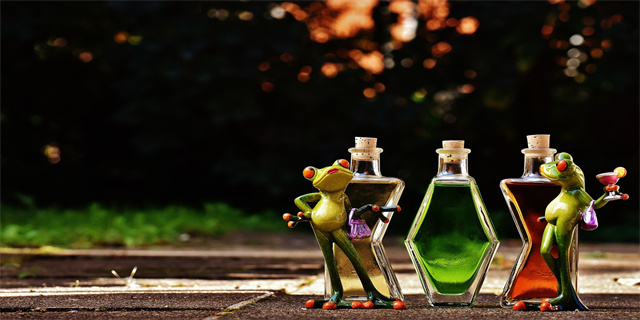最佳答案The Wondrous World of SpeciesIntroduction: Unveiling the Beauty of Biodiversity Species are the building blocks of biodiversity. They are the infinite variation...
The Wondrous World of Species
Introduction: Unveiling the Beauty of Biodiversity
Species are the building blocks of biodiversity. They are the infinite variations of life, shaped by millions of years of evolution, and spread across every corner of our planet. From the tiniest microbe to the largest mammal, each species has a unique set of traits that make it adapted to its environment and invaluable to the web of life. In this article, we will explore the wonders of species and their importance to us all.

The Diversity of Species: A Kaleidoscope of Life Forms
There are roughly 8.7 million species of plants, animals, fungi, and microbes on Earth, and new ones are still being discovered every year. Each species has its own distinct features, such as the long neck of a giraffe, the colorful feathers of a peacock, or the intricate leaves of a fern. The diversity of species is not just limited to their physical attributes, but also their behavior, communication, and ecology.
For example, the waggle dance of honeybees is a unique form of communication that allows them to share the location of food sources with their hive mates. The symbiotic relationship between corals and algae is a remarkable instance of mutualism that results in the formation of vast underwater structures such as reefs. The migration of monarch butterflies from Canada to Mexico is a stunning feat of navigation that spans multiple generations.

The Importance of Species: Our Vital Connections to Nature

We often take for granted the services that species provide to us. Everything from the food we eat to the air we breathe is directly or indirectly influenced by the diversity of species. Plants, for instance, are the primary source of food for most animals, including humans. They also filter air pollutants, regulate the climate, and provide raw materials for medicine, clothing, and housing. Bees and other pollinators are essential for the reproduction of many crops, leading to higher yields and better quality of fruits and vegetables.
The loss of species, therefore, not only reduces the beauty and complexity of the natural world but also jeopardizes our own well-being. When we destroy habitats, pollute environments, and introduce invasive species, we disrupt the delicate balance of ecosystems and accelerate the extinction of species. As a result, we face the risk of losing vital resources, creating imbalances in food chains, and even triggering global environmental catastrophes.
Conclusion: Embracing the Richness of Life
In summary, species are not just abstract concepts but tangible expressions of the diversity, beauty, and complexity of life. Their significance to us goes beyond aesthetic appreciation or scientific curiosity, but extends to the very foundations of our existence. To protect species, therefore, is not only an ethical responsibility but also a pragmatic necessity. We can do so by supporting conservation efforts, reducing our ecological footprint, and promoting sustainable living practices. By doing so, we can preserve the wondrous world of species for future generations to enjoy.







